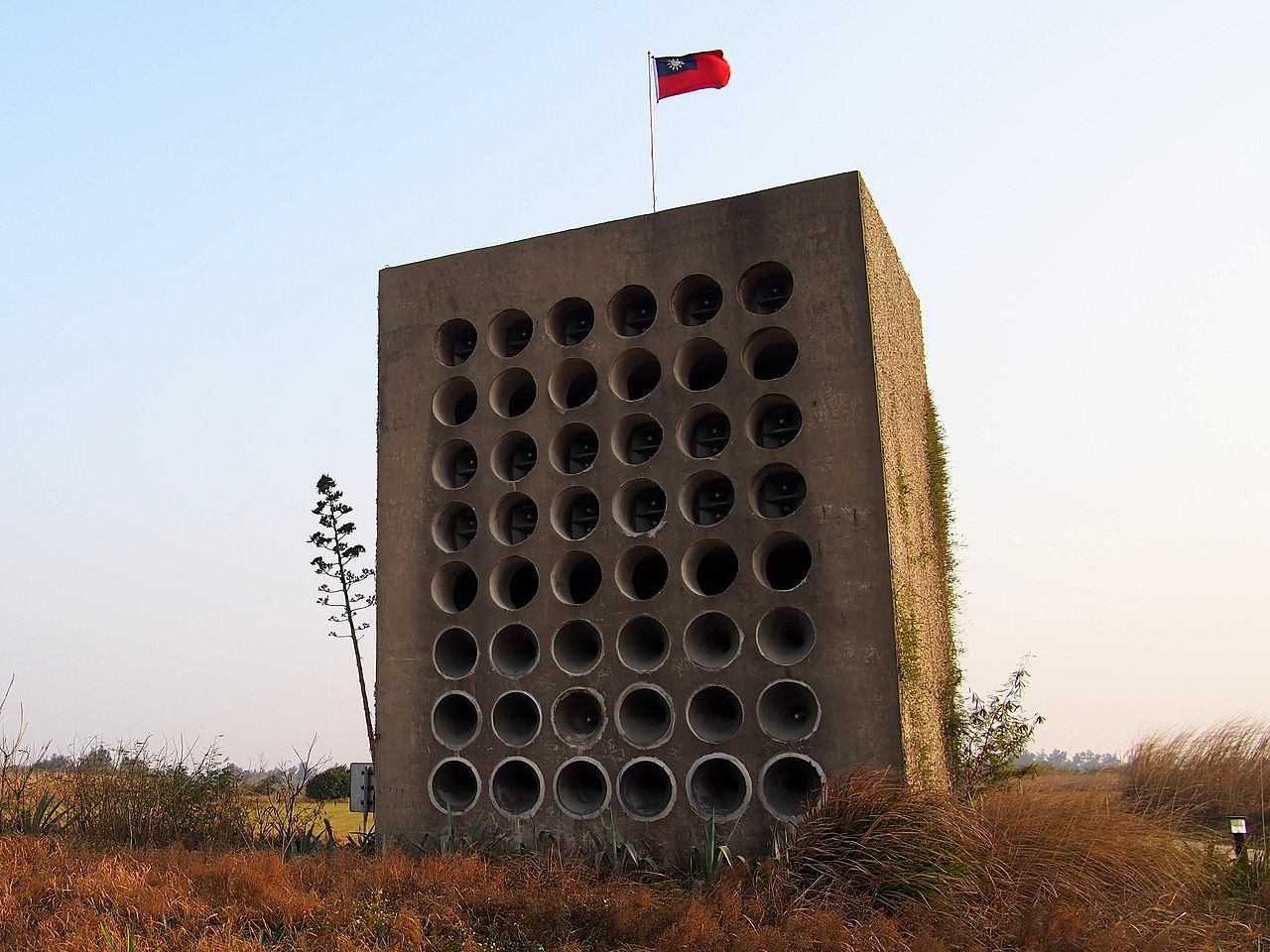For nearly a decade, Taiwan resisted Communist China’s forces through a weapon that harassed the latter’s citizens into exhaustion.
It was sometimes used throughout the day and sometimes at odd hours. It was not a missile, a bomb, or a fighter jet but a ‘sonic weapon.’
This was Beishan Broadcast Wall, playing anti-Communist propaganda from the Taiwan-controlled island of Kinmen for the people of Xiamen.
Xiamen, a large island part of the People’s Republic of China’s (PRC) Fujian Province, is separated by just 10 kilometers from Taiwan’s outlying island of Kinmen.
So close are the Kinmen Islands to the mainland that they almost look like a part of it. But for several years, the islands saw pitched battles between the PRC and the Republic of China (RoC) forces, especially after the Taiwan Straits Crises of 1954 and 1958.

The PRC conducted unprecedented and massive live-fire military drills all around Taiwan to exercise and assert its sovereignty on the island following US Speaker Nancy Pelosi’s visit.
The Eastern Military Command of the People’s Liberation Army sent missiles and rockets over Taiwan; jets and bombers have breached the median line of its Air Defense Identification Zone (ADIZ), and; naval warships are practicing various maneuvers in the colossal combined arms exercise.
The Kinmen Islands, which form the outlying Kinmen County of Taiwan, were the site of the bloody Battle of Guningtou during the Chinese Civil War in 1949. Part of many such fierce battles between the two for the next decade until the late 1960s saw China and Taiwan bombing and opening fire at each other frequently.
Taiwan’s ‘Sonic Harassment’
But it was in 1967 that the administration of Kinmen erected a three-story wall with 48 loudspeakers and started blaring unremitting music and propaganda into Xiamen. While the speakers’ sound ranged from 25 kilometers, Xiamen, just 10 kilometers away, was within earshot and faced the full brunt of its sonic power.
The Beishang broadcast wall was one of four stations built in the Kinmen Islands for psychological warfare against the mainland Chinese living in Xiamen.
The Communist Chinese also obviously responded in kind, and this went on until the late 1970s, when the United States and China reconciled. Rapprochement had begun in 1971 itself in the historic meeting between President Richard Nixon and Chairman Mao Zedong in Beijing.
Between 1978 and 1979, the US officially committed to the One China Policy by issuing the Three Joint Communiques and Six Assurances and passed the Taiwan Relations Act.
It recognized that only one China is represented by the mainland People’s Republic of China (PRC). The Kuomintang (KMT) that lost to the Communists in the civil war had fled to Taiwan and set up the Republic of China (RoC), which it claimed was the true representative of China. Taiwan even had a seat in the United Nations until then.
Propaganda War Begins
Many bombs that fell in Xiamen saw Nationalist propaganda leaflets showing a smiling Chiang Kai-shek and running Chinese soldiers. Even glass bottles containing anti-Communist messaging were released into the water that would float to the mainland.
Some other propaganda means were radio broadcasts and balloons timed to come down over Xiamen with anti-PRC leaflets.
But the Beishang Broadcast Wall was a radical measure aimed to harass and irritate Xiamen Chinese with unremitting loud announcements, songs, and propaganda, asking them to switch sides.
Sometimes these used to go on for an entire day. Indeed, the mainlanders retaliated and started a broadcast service of their own.
However, the Taiwanese stood out when they brought the late and popular Taiwanese singer Teresa Teng, who was also said to be the favorite of former Chinese President Deng Xiaoping. In China, they said, “In the daytime, listen to Deng Xiaoping; in the evening, listen to Teresa Teng.”
Known for her most famous song, ‘Tian Mi Mi’ (Very Sweet), she would ask the mainlanders that she was waiting for them to visit Kinmen and that freedom was the only hope for their country.
Today, a group of music and culture enthusiasts plays these messages as a tourist attraction for visitors to the island. Life was difficult for the people living in Xiamen and Kinmen during the ‘Sonic Wars,’ having to listen to 48 speakers blare at them for a decade.
- The author can be reached at satamp@gmail.com
- Follow EurAsian Times on Google News